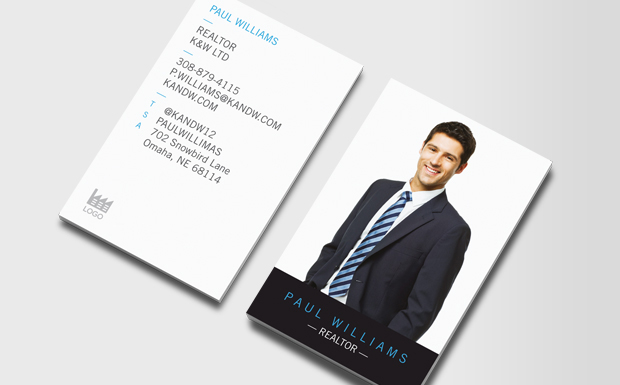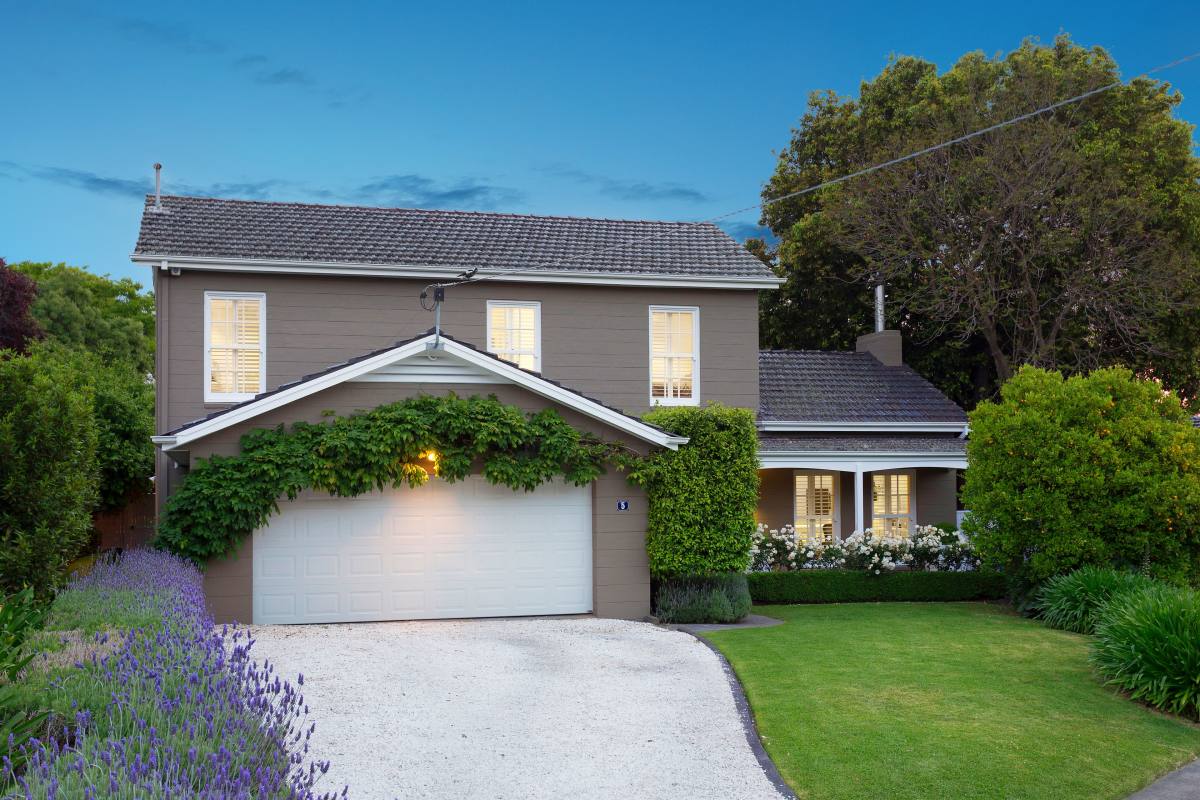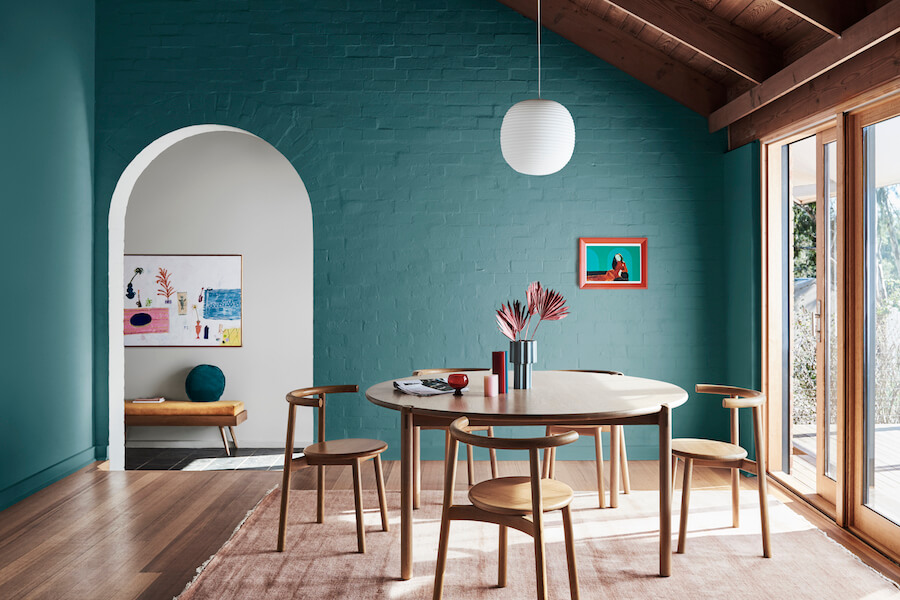Any successful real estate agent is highly aware of the need to market themselves in the best possible way at every opportunity. While a business card is a seemingly small piece of marketing collateral it’s one of the most valuable and important for an agent to get right.
A well designed business card speaks volumes about you and your business and not only gives potential clients an easy way to get in touch with you, but also helps to keep you top of mind whenever they require your services.

Here are five things to consider when it comes to business card design and etiquette.
1. KISS (Keep It Simple, Stupid).
The typical business card size measures 85 mm by 55 mm. That’s not a lot of room to include everything you need to make an impact on potential clients and business contacts. So, use the space wisely.
Don’t bother with cheesy graphics, clip art images or speech bubbles. You want to be careful not to make your card cluttered and difficult to read. Keep a good amount of white space to make it easy to read and find your important contact information.
Design tips:
-
If you have a logo, include it in a subtle way and keep it consistent across all of your marketing collateral.
-
Use bright colours sparingly and always use contrasting colours. The most prominent colour should be white and avoid using brightly coloured text that’s difficult to read.
-
Ensure your font is legible and isn’t too small. Unless they’re Sherlock Holmes, people don’t carry a magnifying glass to read your card. Also, it’s best to stick to no more than two different font types.
2. Try something different.
Stand out by using a special high quality paper stock, a trendy colour palette, rounded edges or an unconventional business card shape. Moo.com.au custom design and print business cards. Check out their cool MiniCards, Letterpress business cards, Super Business Cards and Square Business Card designs.

3. What to include.
The purpose of your business card is to provide business prospects and contacts with just enough information to get in contact with you. Remember the less cluttered the business card, the better.
You should include:
-
Your name and job title.
-
A professional and recent headshot (no selfies).
-
Company name or logo.
-
Your work and mobile phone numbers.
-
Work email.
-
Your company website.
-
If you’re active on social media include your username or handle.
The above details should all fit on one side of the card. You want to keep the reverse side free so that your clients can note down extra information, like a meeting time and place or address.
Also consider that most homebuyers begin their search for a new home online, so make sure your company’s website and your email address are prominently featured on your card.
4. Exchange etiquette.
You should only give someone your card when: a) they have specifically asked for it b) it is the next natural step in your conversation or c) you’re in a business setting where you’re expected to exchange cards. Giving out your card shouldn’t be an obligatory gesture. Business cards are generally exchanged at the beginning or end of an initial meeting with the purpose of simplifying follow up contact.
Your business card is an important marketing tool and representation of you as a real estate professional. So it’s best to store your cards in a silver or leather card case to protect them from getting dog-eared, crumpled or bent. When you pass your card to someone, make sure the text is facing up and towards them so they can read it instantly.
Also keep in mind business card etiquette varies from culture to culture. When passing over your business card to Chinese clients, it is a sign of respect to hold the card in both hands when you offer it. With Indian or Middle-Eastern clients you should always use your right hand (the hand of discretion) to give and receive business cards. With Japanese clients, business cards are always received with two hands but can be given with one.

5. Two types of cards.
In real estate it can be wise to have two sets of business cards printed to suit different purposes. Have one set directed at potential clients and to hand out at industry events outlining your expertise and basic contact info. The other set should be made for existing clients and include additional contact information and a promotional message. This promotional message should articulate your value proposition to your clients and inspire them to contact you.
In an increasingly digital market place business cards are still a useful and relevant marketing tool for real estate agents. They are relatively inexpensive, portable, and easy to pass on to potential clients and business contacts. If designed well and used with discretion, your business card will help keep you front of your contacts’ minds well after your initial meeting.






